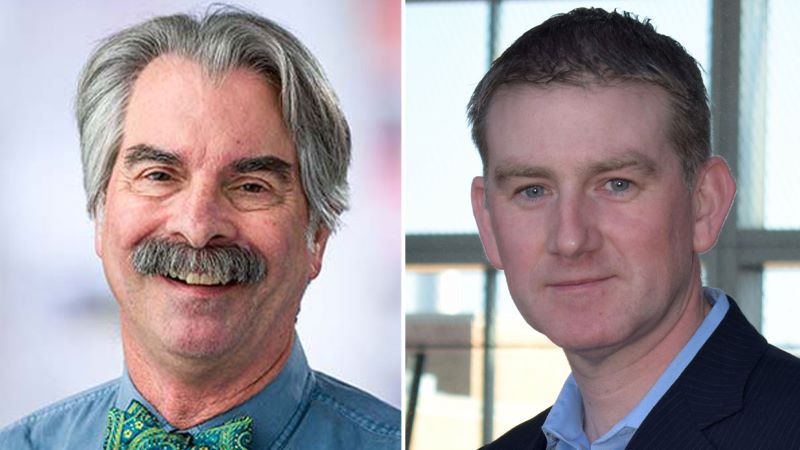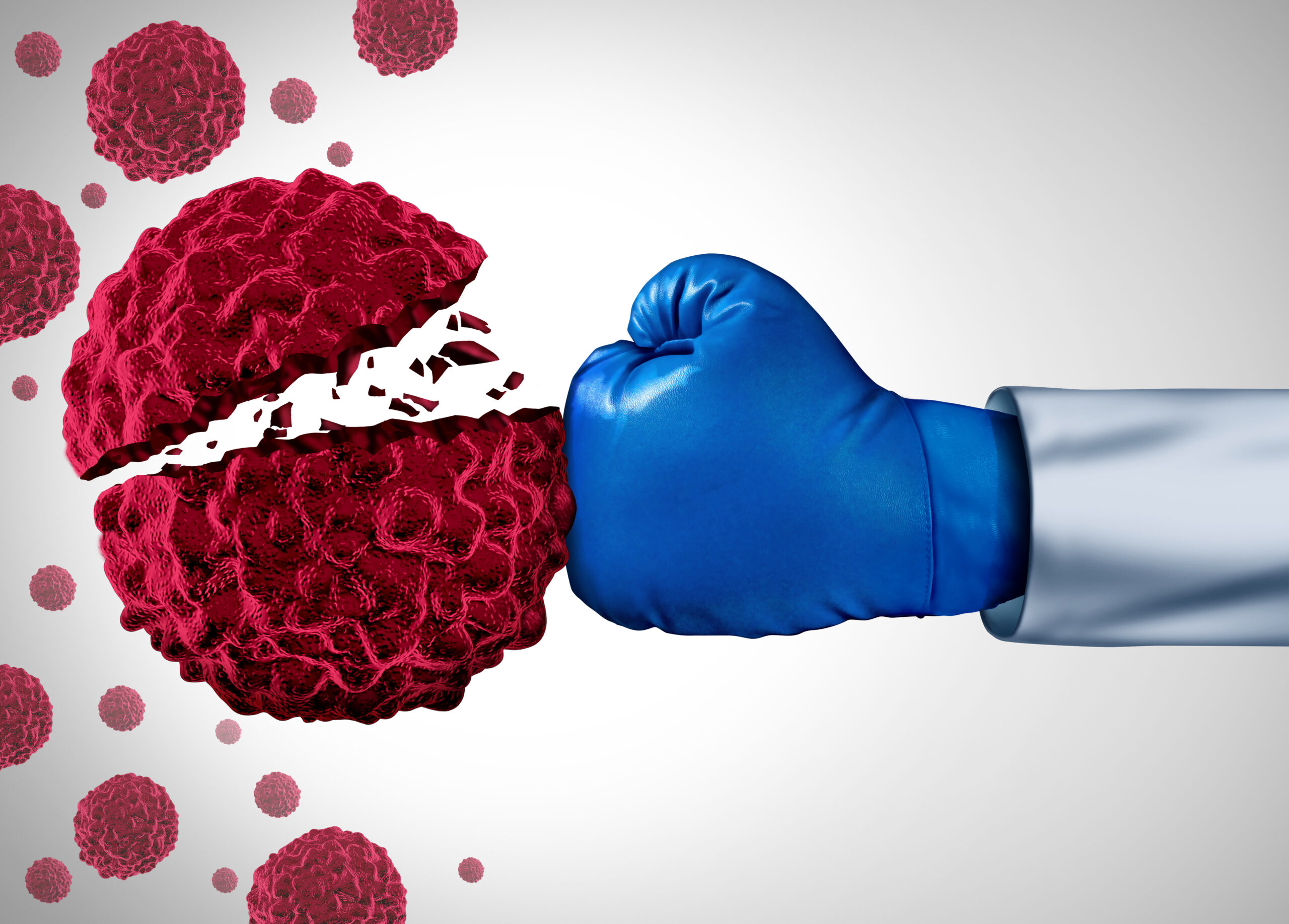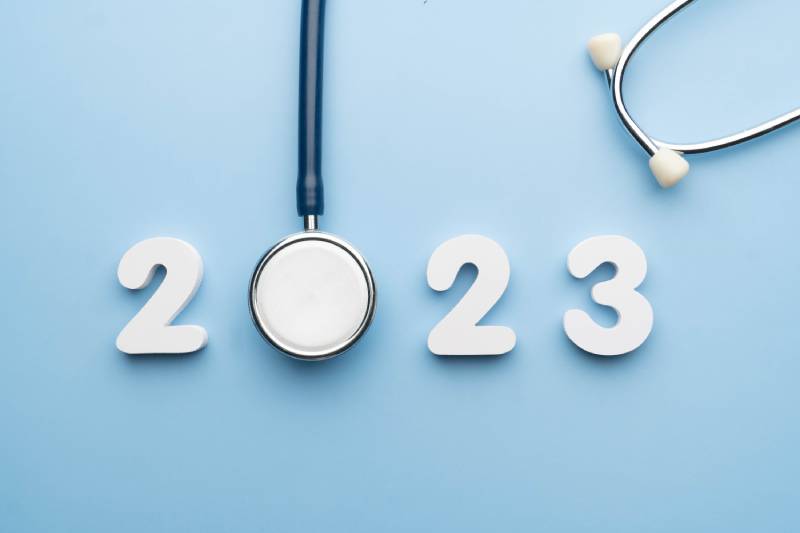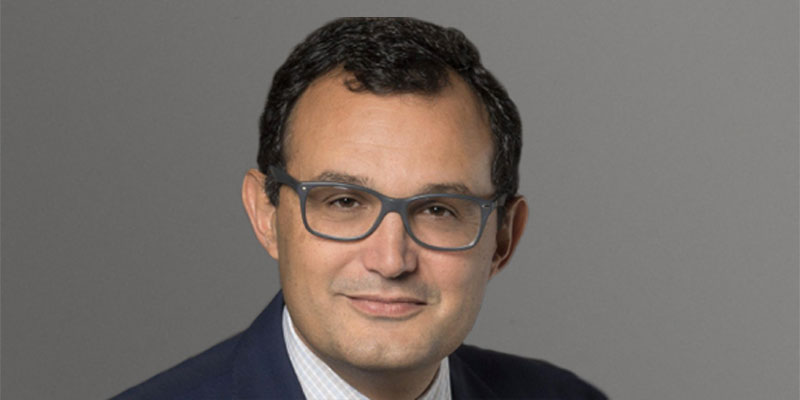
Measurable (né minimal) residual disease (MRD) is all the rage.
Conventional wisdom is that relapse is the primary obstacle to cure in acute and chronic leukemia. What if that is wrong? What if our standards for an initial remission are just too lax? The detection of MRD is a direct measure of disease burden (and thus, treatment efficacy) and is the strongest predictor of subsequent clinical relapse. MRD guides treatments and is an established trial endpoint in chronic myeloid leukemia (CML). Recent meta-analyses have shown MRD to be strongly associated in acute lymphoblastic leukemia (ALL) and acute myeloid leukemia (AML). The poor prognoses associated with MRD in ALL and AML are similar, whether the therapy is standard chemotherapy or transplantation. Studies in chronic lymphocytic leukemia and myeloma are following suit. There is a strong and persistent theme: MRD is bad. Perhaps the acronym should be again reconfigured to stand for miserable residual disease.
There is currently a considerable amount of effort being placed at the national level on developing evidence for MRD testing in AML, the leukemia in which progress has been less measurable. The National Cancer Institute is set to launch the first trials in its precision medicine
initiative—MyeloMATCH. In these trials, all patients will quickly (within two to three days) have their cytogenetic and mutational profile assessed and will then be placed on a trial targeting their specific molecular lesions (eg, patients with AML with a mutation in FLT3 will be placed on a protocol featuring a tyrosine kinase inhibitor, etc.). These will largely be phase II trials, typically with MRD negativity (based on flow cytometry) as the major endpoint. Subsequent tiers of trials will seek to test the optimal timing and nature of interventions for those with persistent MRD. Another MRD initiative stems from the foundation of the National Institutes of Health, which has partnered with several pharmaceutical and biotech companies to fund a program studying molecular MRD testing in AML and aims to optimize standards, test and compare new methods, and validate measures of MRD in retrospective and prospective trials.
We can hear a chorus of boos—why more emphasis on MRD? Don’t we already know just about everything? Our reply: No. No. No. Below is just a sampling of questions that need answers.
Clinical questions
MRD is typically called positive or negative based on some defined threshold. Thus, we take an information-rich quantitative variable and turn it into a dumb categorical variable. If we used a quantitative MRD measurement, could measuring the kinetics of disease response better predict outcomes? Would comparing quantitative response between two treatment arms be a more efficient way to run a clinical trial?
Does changing therapy based on MRD improve long-term outcomes in any clinical context (chemotherapy or transplant)? Sure, patients who are “MRD-negative” (to use a stupid qualitative variable—oops!) do better than those who are positive, but is it reason enough to expect that changing therapy to get to MRD negativity will have a similar beneficial result?
Technical questions
Do next-generation sequencing (NGS)-based measurements of MRD better predict outcomes than flow cytometry? Is one going to be better than the other, or will the two be complementary? Why are some patients discordant (eg, flow-negative, NGS-positive), and what does that mean?
Can blood substitute for marrow in flow/NGS MRD assessments (such as in CML)?
Biological questions
Why do some patients without MRD relapse? Is this just a matter of a better mousetrap (a more sensitive assay)? Why do some patients with MRD not relapse? Is this just tracking a mutation in another cell lineage (eg, a persistent mutation in B cell in AML)?
For NGS-driven MRD assessments, will all mutations have similar relapse risks? Or will we need to have different thresholds for different mutations as well as consider the type of treatment (eg, “7+3” versus low-intensity regimens)?
We could go on and on (don’t tempt us)—the potential importance of clonal structure, significance of order of mutation acquisition, etc.—but you no doubt get the drift. A lot of progress has been made in MRD, but there’s a whole lot more to go.
Personal Sound Off on MRD
Dr. Radich: Over 30 years ago I started my lab life just after polymerase chain reaction (PCR) was described. Thermocycling meant moving a test tube from one water bath to another, three baths in all, for 30 cycles (thrilling work). When I wrote my first grant on MRD (chiseled, as I recall, into a stone tablet), confidence and hubris got the better of me, and I breezily spoke of a time quite soon where MRD would influence therapy and offer quick endpoints for clinical trials. Obviously, I had forgotten the words of my graduate school mentor who often warned, “Confidence is the feeling you have before you understand something.” The onslaught of new technologies that promise a more complete understanding of MRD both as a marker of burden of disease and as a feature of disease biology are very exciting and encouraging, but I try not to be too confident that we will soon be able to capture the full potential of MRD in patient care and bench science.
But I’m feeling pretty good about it.
Dr. Hourigan: I was a scientist in the 1990s before I became a doctor, so I’ve also used water baths for PCR (and glass plates for sequencing…) but come at this differently from the perspective of someone who then trained clinically in the 2000s into the early 2010s in an era where it was perfectly normal to judge success of therapy and to switch therapy, if necessary, based on MRD results in CML. That completely routine standard of care in CML in the clinic was informed by the work of Dr. Radich and others showing monitoring BCR-ABL could define prognosis, was an independent predictor of relapse, could serve as a predictive biomarker, and allowed comparisons between patients and clinical trials. I am sure future physicians similarly won’t blink an eye about the idea of using MRD to improve the clinical care of patients with AML and in the discovery of better therapies. We have a lot of work to do first though.
But I’m also feeling pretty good about it.
Jerald Radich, MD, is a Professor in the Clinical Research Division and Kurt Enslein Endowed Chair at Fred Hutch.
Christopher S. Hourigan, MD, DPhil, FACP, FRCP, cowrote this letter with Dr. Radich. He is Chief of the Laboratory of Myeloid Malignancies at the National Heart, Lung, and Blood Institute of the National Institutes of Health.






 © 2025 Mashup Media, LLC, a Formedics Property. All Rights Reserved.
© 2025 Mashup Media, LLC, a Formedics Property. All Rights Reserved.